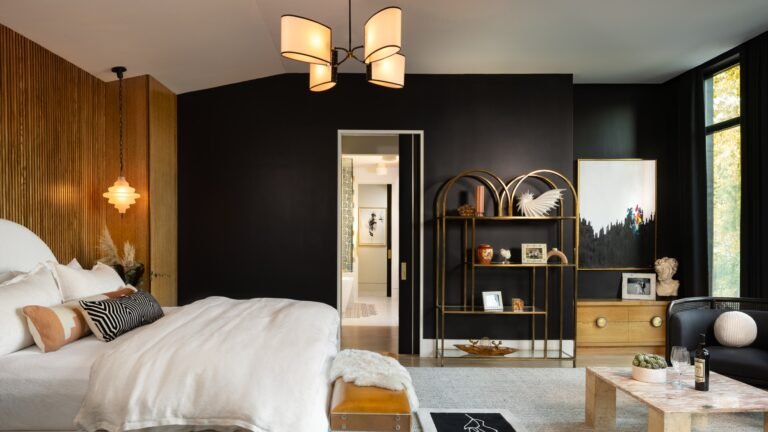Northwood ADU Dwelling / T+E+A+M
Northwood ADU Dwelling / T+E+A+M



Text description provided by the architects. T+E+A+M, one of the American Midwest’s top-rising architecture firms, has Northwood ADU, one of the first accessory dwelling units (ADUs) to be built under the city’s new zoning regulations that passed in 2016. The homeowners, T+E+A+M co-founders Ellie Abrons and Adam Fure, along with the firm’s other two co-founders Meredith Miller and Thom Moran, completed the project to maximize the use of their .19-acre residential lot adjacent to a public wooded area.


As an urban strategy, ADUs are increasingly popular in cities with housing shortages as they double the number of households on a residential lot. While the size is limited by zoning regulations, Northwood ADU reaches as far back as possible to the lot line and adds an independent residential addition/unit in the backyard of the existing single-family residence.

Technically an addition with its own systems, the 730-square-foot structure is a continuous shell of structural insulated panels (SIPS) with low-maintenance, low-waste cladding materials — metal, fiber cement board, mesh — expressed as independent layers. It is the first building in Ann Arbor to utilize frost-protected, highly insulated shallow foundation technology common in Scandinavia which allows for it to be constructed directly on the ground and reduces the need for labor-intensive site work. Additionally, the SIPS only have a 1/8” allowance and thus create a tight, high R-value envelope. The walls are R-28 and the roof is R-26. Based on “blower door test” results, Northwood ADU is one of Michigan’s most efficient buildings.




Featuring radiant heated floors and mini-splits, the experience of the space is expanded by reducing visual noise and expressing the volumetric interior of the SIPS shell where possible. The single bedroom sits atop a pavilion-like structure over the kitchen. Exposed LSL joists and painted brackets introduce texture and color without extraneous finishes. Windows are located strategically to maintain privacy from the main house and connect the interior with the forest and sky.








